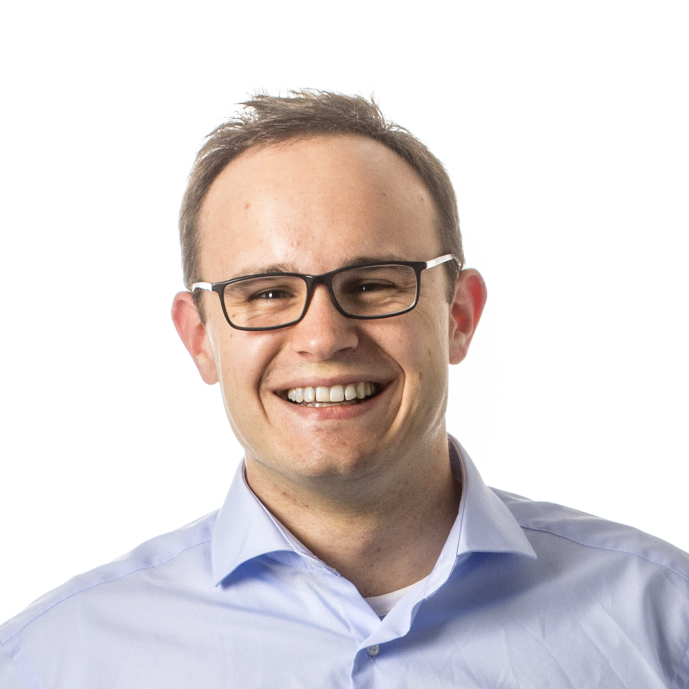About This Webinar
Maximizing the information captured within optical measurements is the key to discovering smaller effects and observing faster processes.
Both scales are at the heart of optical measurements, whether minuscule length changes in interferometers or subtle absorption changes observed with spectroscopic techniques. Such applications share a challenge: after converting the small photonic signal into an electronic one, the latter must be recorded despite the inevitable overlaid noise floor. Measurement strategies such as lock-in amplification and boxcar averaging help to average the signal while suppressing spurious noise.
To minimize the implementation effort, save precious measurement time and record high-quality data, it is essential to choose the best approach and settings for a given experiment.
In this webinar, Claudius Riek, Ph.D., of Zurich Instruments focuses on three techniques with requirements that are typical within their respective application areas to provide practical guides for different setups in optics and photonics:
- Linear spectroscopy — for example, tunable diode laser absorption spectroscopy (TDLAS);
- Ultrafast measurements — for example, pump-probe spectroscopy; and
- Laser scanning microscopy — for example, stimulated Raman spectroscopy (SRS) or coherent anti-Stokes Raman spectroscopy (CARS).
By taking a close look at these techniques, you will learn how to:
- Choose the most suitable measurement scheme, such as lock-in detection or boxcar averaging;
- Tune your measurement settings to maximize the signal-to-noise; and
- Capture your data in the most efficient way.
Who should attend:
All those working with signal analysis from optical systems for sensing and imaging. Whether you are a researcher, an engineer, or a student who is planning or upgrading an experiment, you will learn which specifications are relevant for measurement instruments; which settings will allow you to maximize the information content of your recorded data; and how to minimize the time taken to acquire your first data.
About the presenter:
 Claudius Riek, Ph.D., is an application scientist responsible for all photonics applications at Zurich Instruments. He has seven years of experience in ultrafast photonics, in particular THz time-domain spectroscopy, laser scanning microscopy, and frequency combs, and he is curious to look into new applications beyond optics and photonics.
Claudius Riek, Ph.D., is an application scientist responsible for all photonics applications at Zurich Instruments. He has seven years of experience in ultrafast photonics, in particular THz time-domain spectroscopy, laser scanning microscopy, and frequency combs, and he is curious to look into new applications beyond optics and photonics.
About Zurich Instruments:
Zurich Instruments builds lock-in amplifiers, quantum computing control systems, impedance analyzers, arbitrary waveform generators, phase-locked loops, and boxcar averagers for scientists and technologists in advanced research laboratories. In combination with LabOne®, the Zurich Instruments control software, these products exemplify the company’s mission to simplify laboratory setups, support high-quality data acquisition, and unlock new measurement approaches for cutting-edge research.